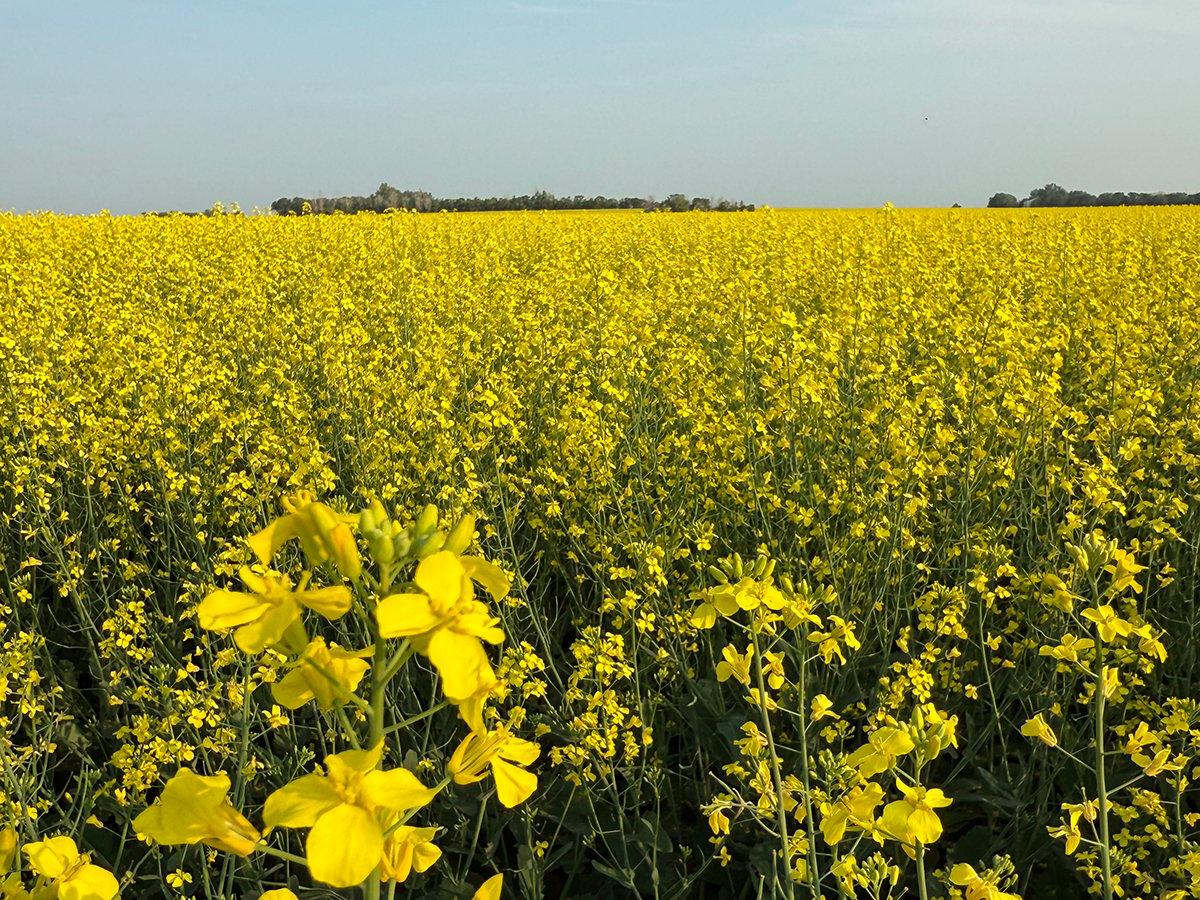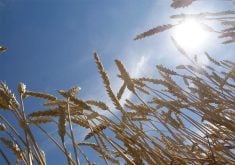STOCKTON, Calif. – When a tight world supply and high fertilizer prices hurt Canadian farmers in recent years, California’s farmers also felt the pressure.
But they had a co-operative to guarantee them a reliable and economical supply of anhydrous ammonia, and return them healthy dividends at the end of the year.
The existence of the California Ammonia Co. (Calamco) is critical. Only two ammonia operations survive in a state that relies totally on imports for its supply.
Calamco’s co-operative has 1,500 members (growers and authorized fertilizer dealers) throughout California. Formed in 1957, it has been located in the Port of Stockton since 1979. It’s owned 55 percent by the members and 45 percent by the J. R. Simplot Co.
Read Also

Canola support gets mixed response
A series of canola industry support measures announced by the federal government are being met with mixed reviews.
In 1996, total revenues were a record $56.8 million, with net margins of $1.9 million.
Calamco markets anhydrous ammonia, aqua ammonia and AN20. Also, J. R. Simplot uses the ammonia in its production facilities to offer other nitrogen-based fertilizers.
The state is vulnerable because it relies on imports, said Lauren Shanahan, vice-president of marketing for Calamco.
One bad year
However, she said since 1979 about 1.5 million tonnes have been shipped through Calamco, with only one year showing a loss for the co-op members.
In 1984, a volatile world market led to the co-op arranging for three vessels to come in three to six months ahead of time. By the time they arrived, the market fell.
Most of the ammonia is purchased from Canada, from the Ocelot/Methanex ammonia plant in Kitimat, B.C. Other markets include Trinidad, Mexico, Bangladesh, and anywhere else it can be sourced.
The company aims to be “very focused,” Shanahan said. “We’re ammonia. That’s what we do. It’s a very specialized business.”
She emphasized that people have to be farmers to be shareholders, and on the board of directors, four out of seven are farmers.
The company is set up so that only farmers can buy stocks. They purchase stock at $8 (U.S.) per share, with each share covering 13.6 tonnes of nitrogen or ammonia equivalent. Farmers usually purchase enough stock to cover their average nitrogen use on an annual basis.
They can either pay for the stock all at once, or spread the payments over four years with a 25 percent downpayment and seven percent interest on the balance.
Profits are returned as patronage dividends annually, with an average investment of 19.5 percent over the past 35 years.
Good returns
Like Canadian fertilizer co-operatives, Calamco enjoyed healthy dividends in 1996 when the patronage refund was 29.75 percent, according to Calamco’s annual report.
Shanahan emphasized the company’s top goal is to provide a reliable source of nitrogen to farmers. Through one five-year period in the 1970s, the price of natural gas and power used to create ammonia rose five-fold.
The lesson learned from that time was to be able to get the nitrogen for when the farmers need it.
The anhydrous ammonia comes in by vessel, and is stored in two tanks that hold about 36,000 tonnes. The anhydrous ammonia is stored at -33 C, then warmed when it’s time to ship it to dealers.
Then it’s transported by truck and rail throughout the state to farmers who receive credits for the sales.
“We’re more like a warehouse or a gas station,” said Martin Jeppeson, from Calamco.














